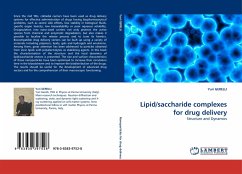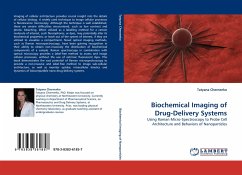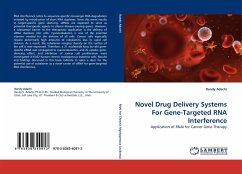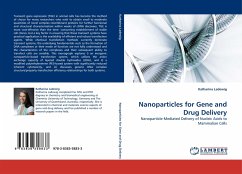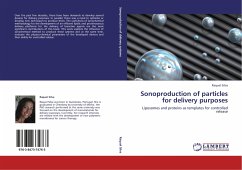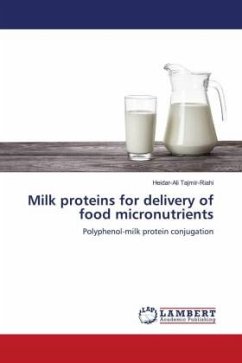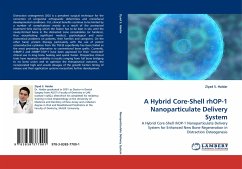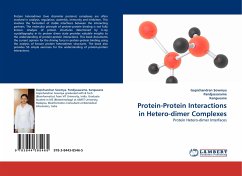Since the mid '90s, colloidal carriers have been used as drug delivery systems for effective administration of drugs having biopharmaceutical problems, such as severe side effects, low stability in biological fluids, specific organ toxicity, low bioavailability or poor aqueous solubility. Encapsulation into nano-sized carriers not only protects the active species from chemical and enzymatic degradation, but also makes it possible to localize the release process and to tune its kinetics. Biocompatible drug delivery vectors can be built up using a variety of materials including polymers, lipids, gels and hydrogels and emulsions. Among them, great attention has been addressed to particles obtained from ionic lipids with polyelectrolytes as stabilizing agents. In this book the characterization of the structure and the local dynamics of lipid/saccharide vectors is presented. The size and surface characteristics of these nanoparticles have been optimized to increase their circulation time in the bloodstream and to improve the biodistribution of the drugs. The results should be useful for the development of advanced drug vectors and for the comprehension of their macroscopic functioning.
Bitte wählen Sie Ihr Anliegen aus.
Rechnungen
Retourenschein anfordern
Bestellstatus
Storno

